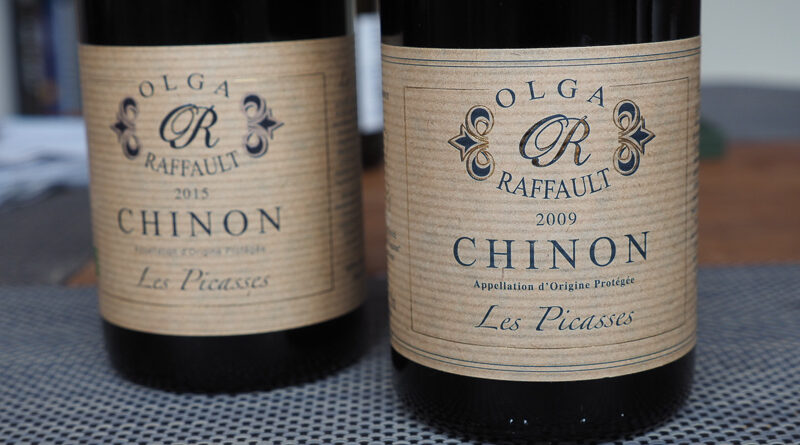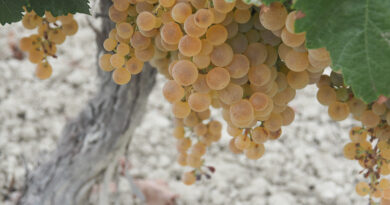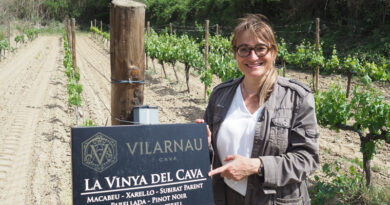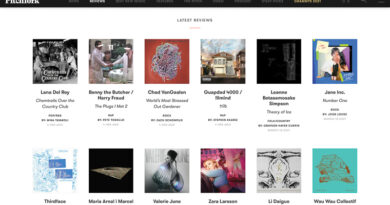Red wines from the Loire – a spotlight on an exciting category
I’ve recently been tasting through red wines from the Loire, and I’ve been really excited by what I found.
In the past, Loire reds were dismissed by many critics as being thin, weedy and unripe. In truth, some were very green indeed, especially in cooler vintages, but on this showing, it’s certainly no longer the norm. Whether it’s better viticulture or a bit of a warming trend in temperatures, I wouldn’t have described any of these wines as thin or weedy, and the green elements were almost always really well integrated.
I’m splitting this report up into sections by appellation. The Loire is a diverse and complex wine region, and this is reflected in the wines. I am not including here red wines from the Centre Loire (the home to Sancerre and Pouilly-Fumé). Rather, the focus is on Touraine, Chinon and Saint-Nicolas-de-Bourgeuil.
The main red Grape varieties included here are Cabernet Franc, Gamay and Côt (aka Malbec). These are three very exciting varieties and they are really performing beautifully in the Loire. Absent here is Pineau d’Aunis, which is niche but brilliant.
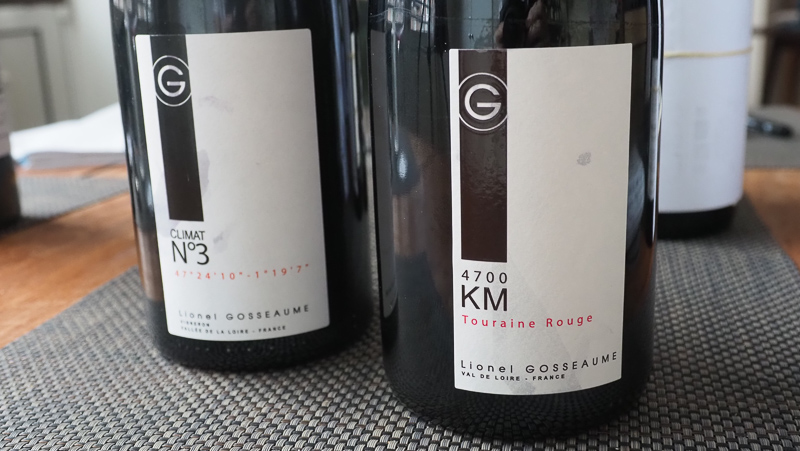
Touraine
This is the broader regional AOP, and there’s a lot happening here now outside of the more famous regions it contains. There are 5300 hectares of vines spread across some 70 communes. And there are also some Touraine-plus appellations. For reds, these include Touraine-Amboise (this is 100% Côt), Touraine-Chenonceaux (50-65% Côt with at least 35% Cabernet Franc), and Touraine-Mesland (40-60% Gamay, with Cabernet Franc and Côt completing the blend).
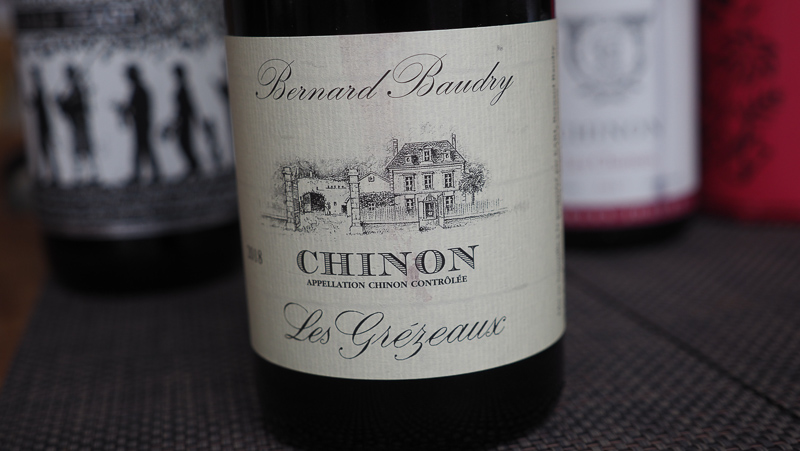
Chinon
Chinon is a well known region, and the main story here is reds made from Cabernet Franc (known locally as Breton). Some Cabernet Sauvignon is allowed in the blends (up to 10%), but this is rare. There are 2350 hectres of vines, and 85% of the wine is red.
There are 26 communes here, either side of the Vienne River which feeds into the Loire.
It can be split into three types of terroir. The first is near the river, where the soils are alluvial, consisting of sands, gravels, pebbles and clay (these are known as Les Grezeaux). Then there are the slopes, with both white and yellow limestone. And then on the tops of the slopes there is the plateau, which is rocky/sandy soils over a limestone base.
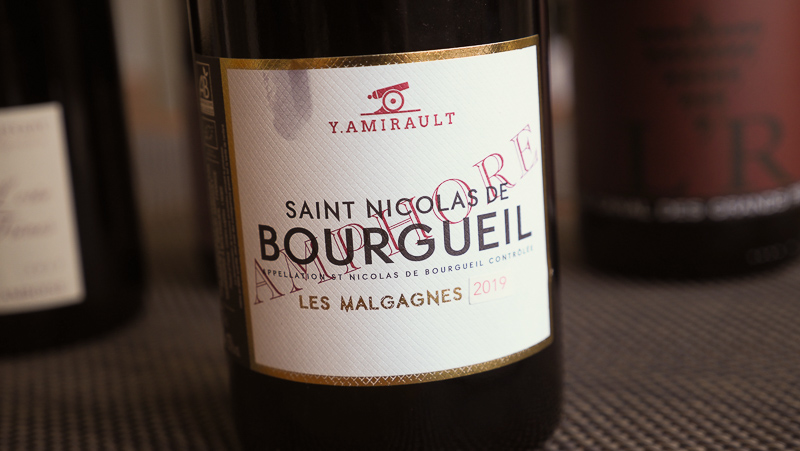
Saint-Nicolas-de-Bourgeuil
This is a well regarded appellation with 1050 hectares of vines situated between Angers and Tours, on the upper terrace of the right bank (north bank) of the Loire. The soils are sandy gravels with some Turonian chalk, and 98% of the vines here are red. Cabernet Franc (Breton) is pretty much the only variety grown.

